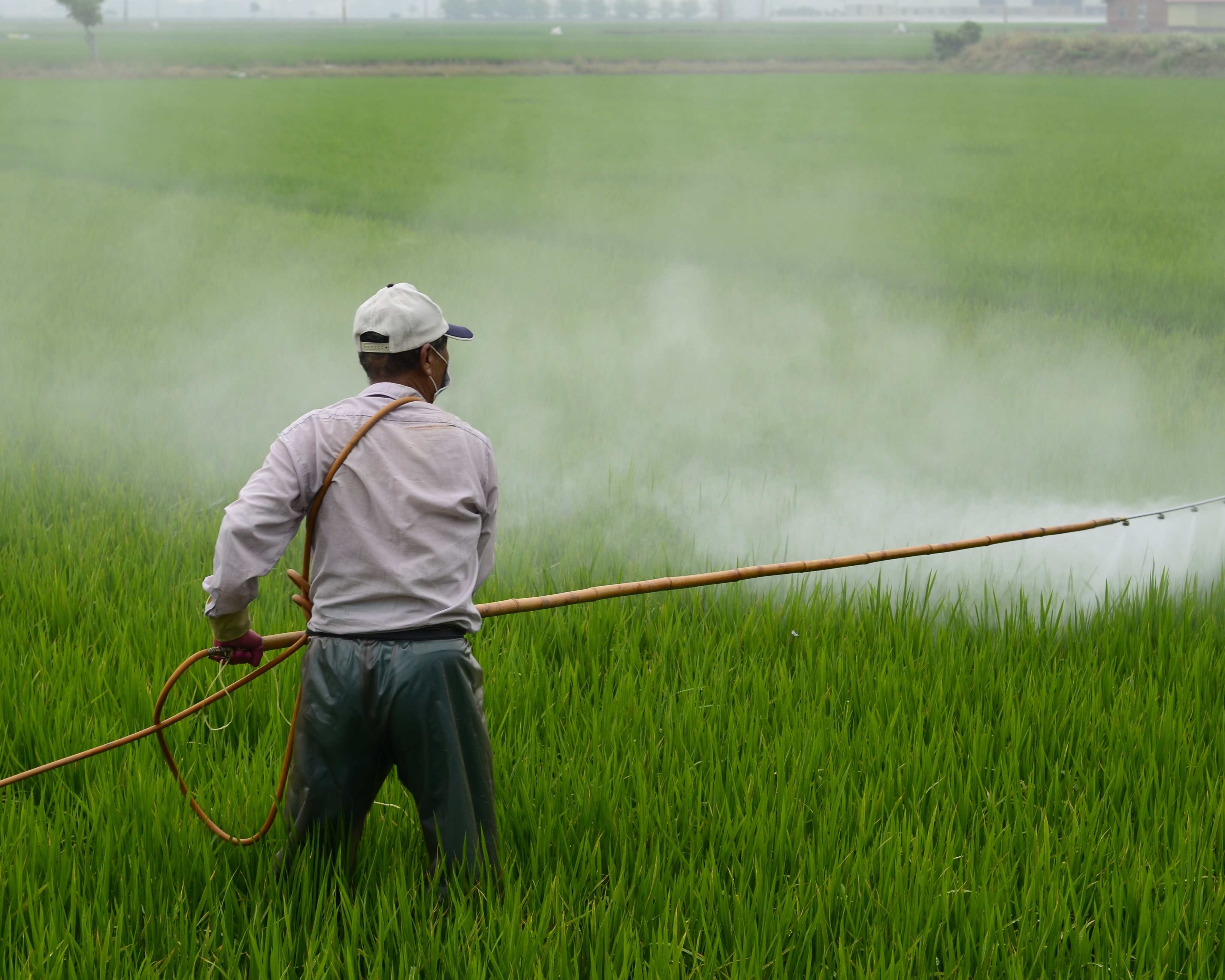Wrong orientation?

In order to "enable smooth availability" to the farmers during the rabi season at subsidised prices, the Central cabinet approved the new rates of Nutrient Based Subsidy (NBS) for Nitrogen (N), Phosphorus (P), Potash (K) and Sulphur (S) for Phosphatic and Potassic (P&K) fertilisers. Through this move, the Central government seeks to absorb the "volatility in international prices of fertilisers and raw materials" in order to ease the burden from farmers' shoulders. It is true that international energy prices have a direct bearing on the production, import and availability of fertilisers in the country. Heightened energy prices in the wake of the Russia-Ukraine war have made the situation grim. Additionally, Russia, Belarus and Ukraine are the major suppliers of non-urea fertiliser ingredients. The war has led to curtailment of the supply of essential ingredients of such fertilisers, thus hampering production and increasing prices. The war has indeed presented before us an extraordinary situation, and the government's response appears imperative at this juncture. However, it must be pointed out that even before the war, international prices of urea and DAP had risen to "extraordinary" levels by the end of 2021, due to demand-supply and production constraints in main fertiliser producing countries. Though the increase in subsidy for fertilisers is aimed at solving an immediate problem at hand — that of farmers' inaccessibility to high-cost chemical fertilisers, the chronic problems it perpetuates cannot be overlooked. The government's decision can be justified as an emergency response but deserves no applause in the medium and long term, as it extrapolates the ills of India's fertiliser industry. The most prominent fallout of increased subsidy is the huge fiscal burden it puts on the government's coffers. There is a limit to how much the government can "absorb", and for how long. The government's recent move will lead to a total financial outgo of Rs of 51,875. The budgetary allocation for fertiliser subsidy in the rabi season has been extended from Rs 54,500 crore to Rs 1,38,875 crore. With this move, the total subsidy — including both rabi and kharif seasons — would now touch a record high of Rs 2.25 lakh crore for 2022-23. Even much before the war and the pandemic, subsidy for fertiliser had been on the rise. In 2017-18 for instance, the estimated budget for fertiliser subsidy was Rs 66,468 crore, which increased to Rs 79,530 crore in 2021-22. It is no mystery that subsidies for fertilisers have been made to swell massively over the decades against a moderate increase in prices. Taking the case of urea alone, it is reported that taxpayers bear 78 per cent of the cost of urea and farmers pay only 22 per cent. How sustainable this ratio is, needs no explanation! High fertiliser subsidy is not only a fiscal burden for the government, it also promotes disproportionate and inefficient use of fertilisers, affects soil health, adds to the import bill among other things. In terms of imports, the overall figure for India stood at USD 24.3 billion in 2021-2022 alone. Furthermore, Liquified Natural Gas (LNG) is one of the main feedstocks of urea. A large part (over 40 per cent) of India's LNG import goes into the fertiliser sector. Reckless use of fertilisers, urea in particular, will create a burden on LNG imports as well. Call it the circumstances, Indian government's decision to increase fertiliser subsidy cannot be denounced at the present junction. But, in the medium and long term, there is a need to reform the fertiliser sector. In the first place, India's import dependency in terms of fertilisers needs to be moderated. The government has claimed that India will not import fertiliser after 2025. It remains to be seen to what extent such future claims will fructify. Secondly, India's fertiliser policy will have to be realigned to promote the use of organic fertilisers; at the same time, methods need to be exploited to enhance the nitrogen content of the composts. Use of complexes can also be promoted. Thirdly, greater efficiency has to be introduced in the use of fertilisers by opting for nano and water-soluble variants. Apart from all these, use of harmful fertilisers like urea should be balanced with that of safer types. To sum up, India's fertiliser sector is headed in the wrong direction. Basic re-orientation is the need of the hour.



